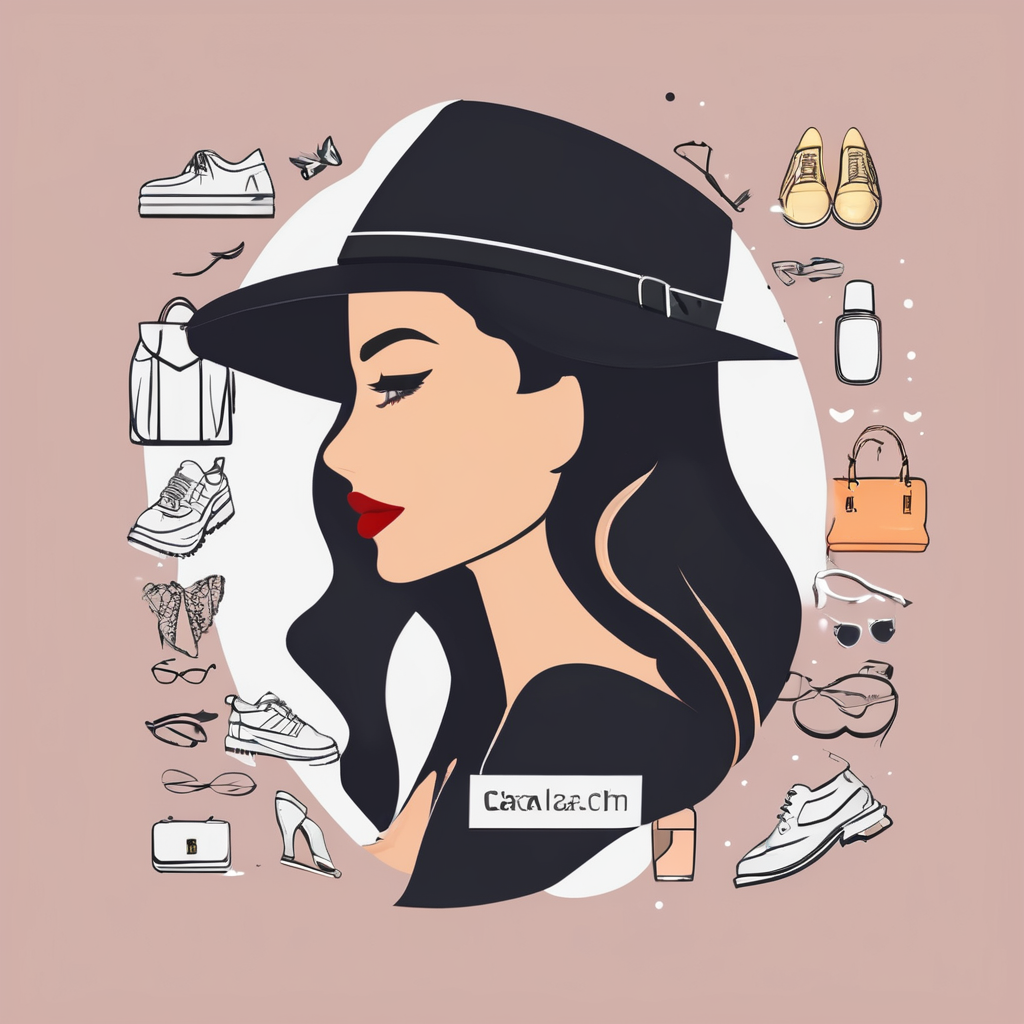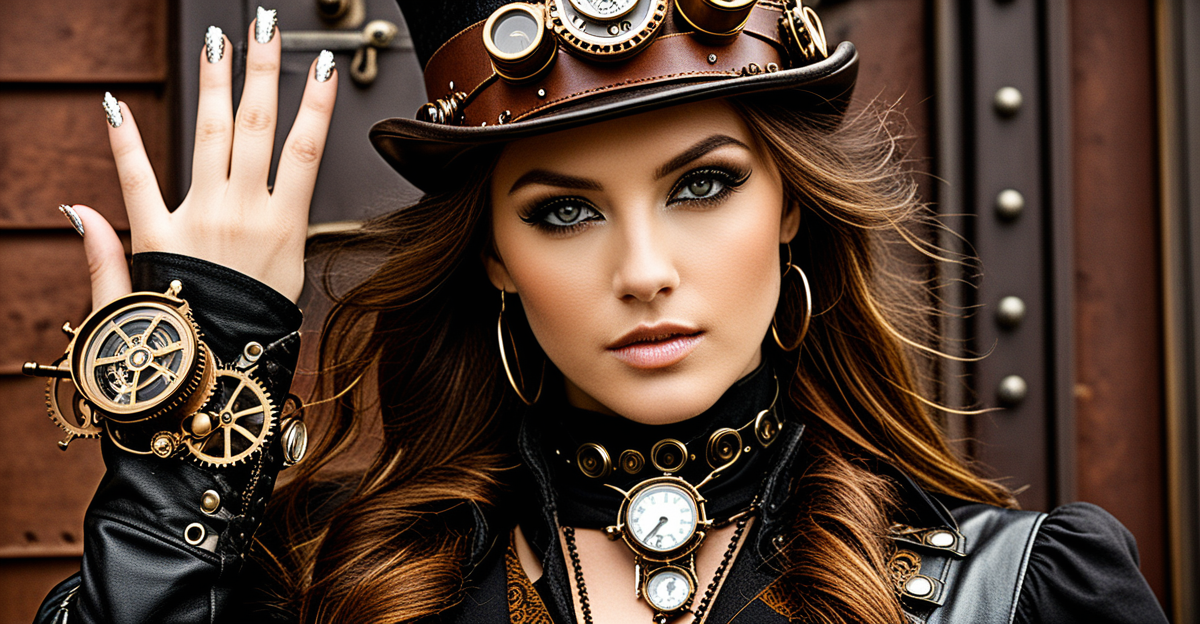Steampunk fashion merges Victorian elegance with imaginative machinery, blending history and fantasy in striking ways. Inspired by classic literature and modern media, it transforms gears, corsets, and goggles into powerful symbols of creativity and rebellion. This style goes beyond clothing—it’s a vivid expression of an alternate industrial future where art, technology, and storytelling collide. Discover how steampunk’s rich roots shape its unique cultural impact today.
Essential Definition, Origins, and Aesthetic of Steampunk
Steampunk is best described as a genre and aesthetic merging Victorian-inspired fashion with a retro-futuristic design vision driven by the steam-powered technology concept—details you can observe on this page: with the website steampunkfashion.co.uk. The movement imagines an alternative history genre, one where the Industrial Revolution’s influence persists, not only in mechanical inventions but also in the art of personal style, storytelling, and even themed event planning.
Also to read : The Ultimate Guide to Selecting the Perfect Stockings for Formal Winter Events in the UK
Coined in 1987 by K.W. Jeter, the term “steampunk” paid homage to earlier science fiction and fantasy explorations in the works of Jules Verne and H.G. Wells. These authors crafted fantastical narratives brimming with advanced steam-powered gadgets, setting the tone for hallmark motifs like airships, clockwork mechanisms, and elaborate automatons.
Core visual signatures include brass and copper elements, gears, vintage clock parts, and leather detailing, all echoing the inventive spirit and fashion sensibility of the era. Items such as corsets, waistcoats, goggles, and top hats anchor its sartorial side, while art and design lean on imaginative uses of metalwork and engraving. Through these lenses, steampunk celebrates both historical costume inspiration and inventive reinterpretation of what the future could have looked like through a Victorian lens.
Also read : Discover the art and elegance of traditional japanese clothing
Steampunk’s Influence in Literature, Film, and Art
Notable literary works from early precursors to modern steampunk novels
The foundation of fantasy literature and culture is evident in early science fiction classics. Pioneering novels by Jules Verne and H.G. Wells, such as those featuring retro science fiction themes and speculative technology, set the stage for what would later be called steampunk. These literature classics with retro-futuristic themes explore alternate histories and reimagine past eras—often the Victorian age—with advanced, steam-powered machines. Later authors, including William Gibson and Bruce Sterling, further cemented the genre, blending imaginative storytelling with mechanical marvels inspired directly by historical periods.
Impact of steampunk on film: 1954’s 20,000 Leagues Under the Sea, Hayao Miyazaki’s filmography, and Mortal Engines
Steampunk film and animation made a visual impact starting with the adaptation of 20,000 Leagues Under the Sea. This movie brought the genre’s iconic mechanical designs and ornate machinery into mainstream cinema. Hayao Miyazaki’s anime expanded the visual language, using thematic graphic design—giant airships, clockwork mechanisms, and Victorian motifs—to enrich his imaginative storytelling. Films like Mortal Engines showcase post-apocalyptic settings powered by steam and machinery, embodying the essence of retro science fiction themes.
Visual representation in anime, manga, and digital/mixed media art
Modern anime and manga frequently embrace steampunk film and animation elements, blending thematic graphic design with clockwork animals and copper machinery. Digital and mixed media art communities now experiment with these motifs, supporting the ongoing dialogue between fantasy literature and culture and visual creation. This influence shapes everything from post-apocalyptic settings to novel art forms, positioning steampunk as a lasting force in imaginative storytelling and art.
Steampunk Fashion: Apparel, Accessories, and DIY Culture
Signature clothing: gender-neutral options, corsets, waistcoats, top hats, boots, and wearable tech
The foundation of steampunk fashion blends Victorian-inspired fashion with retro-futuristic design, using signature elements such as corsets and waistcoats. Corsets and waistcoats are reinvented as gender-neutral garments, often crafted from leather and lace materials for both functional and decorative flair. Top hats and bowler hats, decorated with brass and copper elements, complete the look, channeling historical costume inspiration from the Industrial Revolution influence. Boots, sometimes fitted with wearable tech in steampunk style, add practicality and drama for cosplay ideas and tips.
Mechanical and decorative accessories: watches, goggles, jewelry, and repurposed gear
Accessories embody the vintage gadget aesthetics of steampunk. Goggles and eyewear accessories appear everywhere—accented with clockwork mechanisms or metalwork and engraving—highlighting the alternative history genre’s nod to adventure and invention. Steampunk jewelry, designed with clockwork mechanisms, often uses brass and copper elements, incorporating repurposed vintage clock parts. Mechanical accessories, including ornate watches and miniature steam engine models, turn every costume into a conversation piece of creative workshop tools and imaginative storytelling.
DIY creation, upcycling, and workshop/crafting tutorials prevalent in community engagement
DIY costume creation remains at the heart of the alternative fashion movement. Artisan crafts and upcycling vintage clothing give enthusiasts the chance to develop cosplay ideas and tips unique to their style. Community gatherings and conventions promote crafting tutorials and collaborative artistic projects, ensuring that every enthusiast learns DIY costume creation—and that inventions, from handcrafted props to thematic makeup and hairstyles, embody the enduring, playful spirit of steampunk culture.
Steampunk Community, Events, and Subcultural Influence
Growth of the Steampunk Community: Conventions, Festivals, Workshops, and Social Nights
Community gatherings and conventions drive much of the energy within steampunk circles, providing spaces for enthusiasts to participate in cosplay contests, themed event planning, and historical costume inspiration. These events often showcase creative workshop tools, encouraging DIY costume creation and fostering hands-on engagement through artisan crafts and handcrafted props. Collectible items—such as vintage gadget aesthetics, steam engine models, and clockwork mechanisms—form a central element of festival activities. Online forums and social media groups coordinate these experiences, enabling both newcomers and long-time fans to collaborate and share resources for crafting tutorials and cosplay ideas.
Artistic Collaboration, Niche Blogs, and Fan Art Communities
Steampunk thrives on artistic collaboration found in niche fashion blogs, fan art communities, and digital art adaptations. Creative writing prompts and thematic graphic design bring together a fusion of genres, uniting fans by imaginative storytelling and mixed media art. The alternative fashion movement is closely linked to these creative spaces, encouraging experimentation with gender-neutral costume ideas, wearable tech in steampunk style, and inventive uses of brass and copper elements.
Subcultural Values: Ethical Crafting, Sustainability, and Global Trends
Ethical crafting practices and sustainable materials use are increasingly central, echoing community values that support upcycling vintage clothing and eco-conscious DIY repair. Global inspirations and influences reshape retro-futuristic design, blending mythology and folklore in costume creation with retro science fiction themes. Online forums, as well as local community workshops, help reinforce these commitments to craft, sustainability, and the ongoing evolution of the steampunk subculture.











